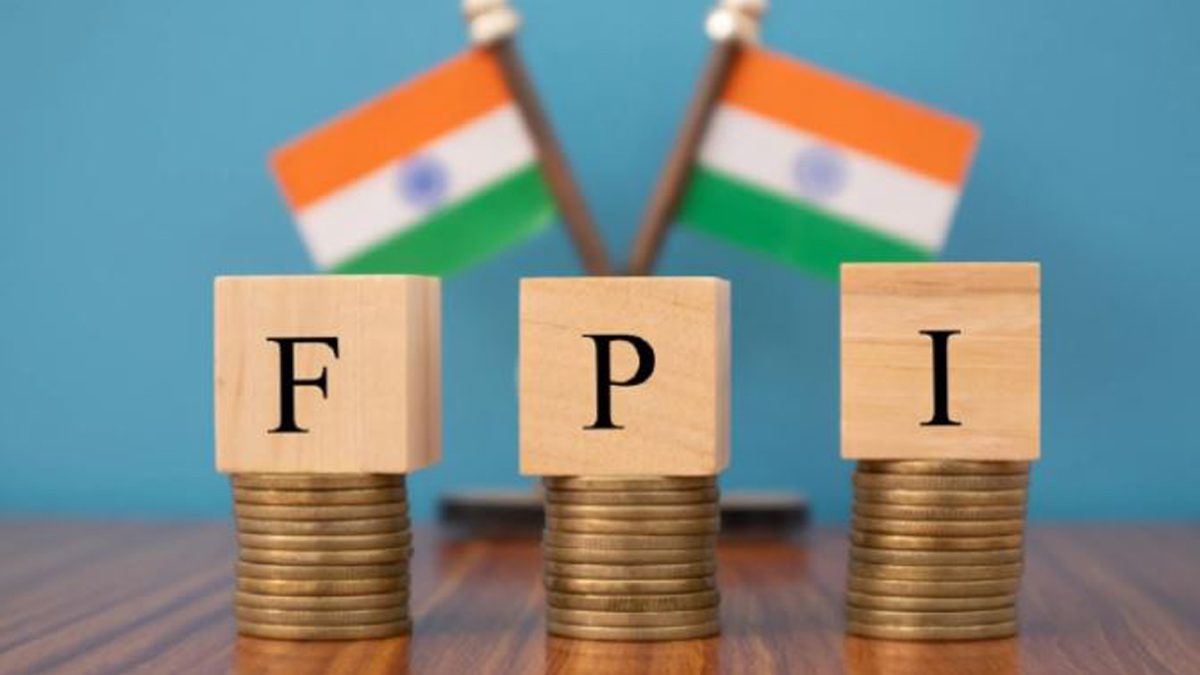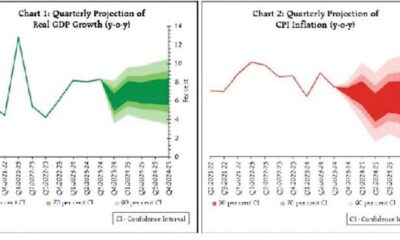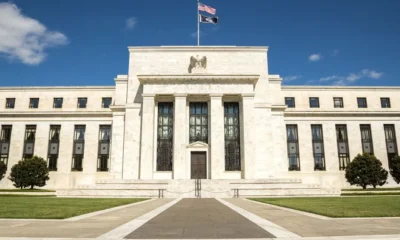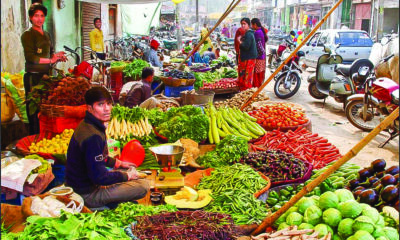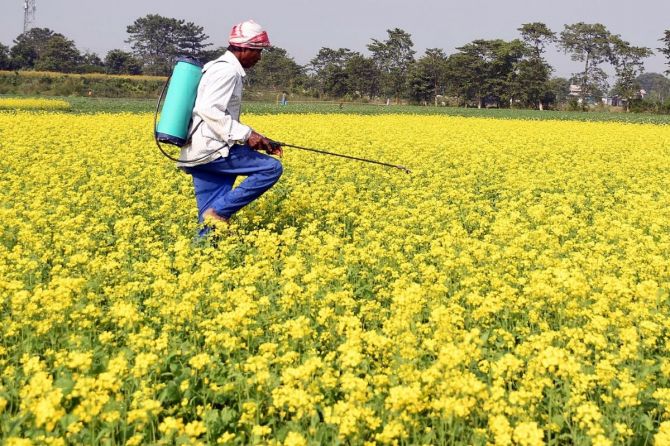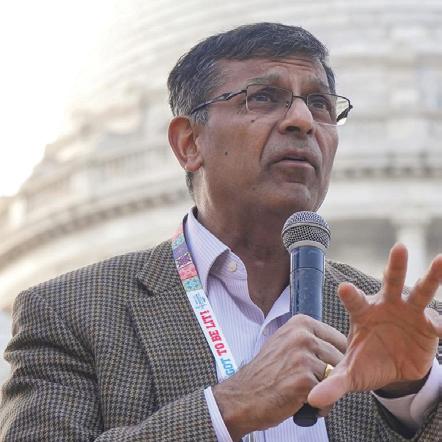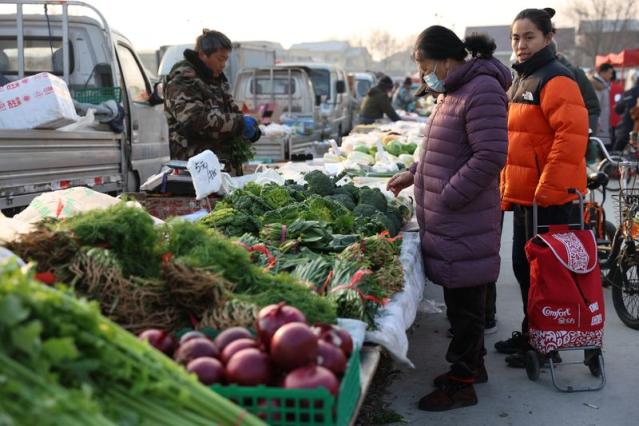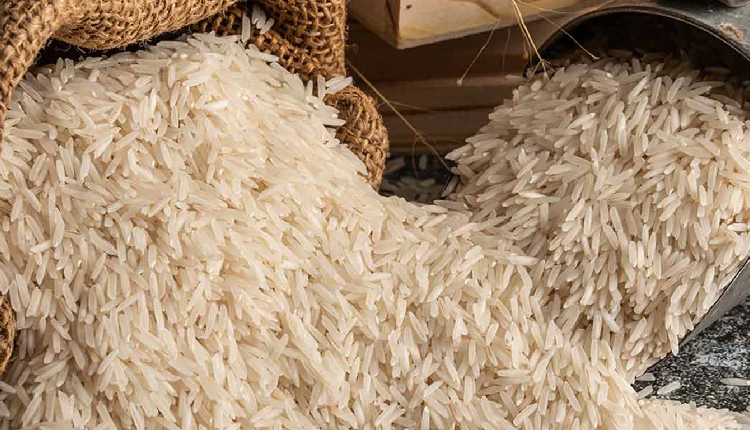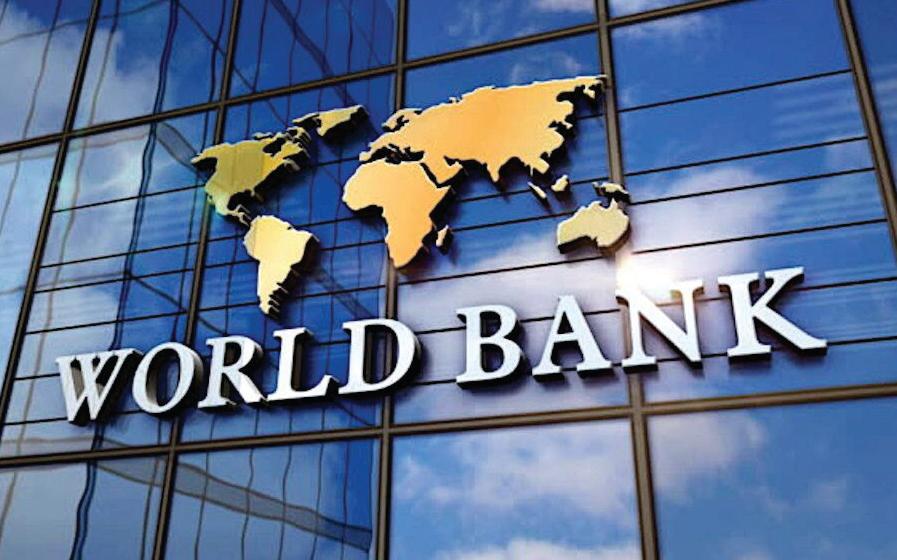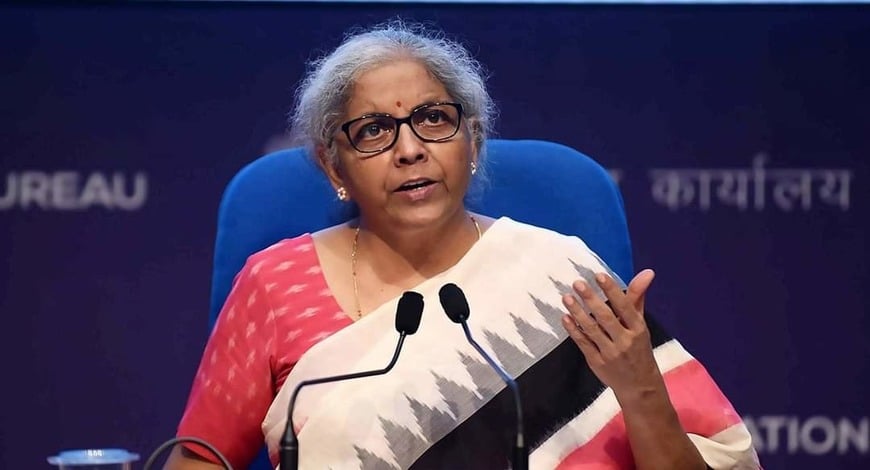Policy
Govt to borrow Rs 7.5 lakh cr from market in H1FY25
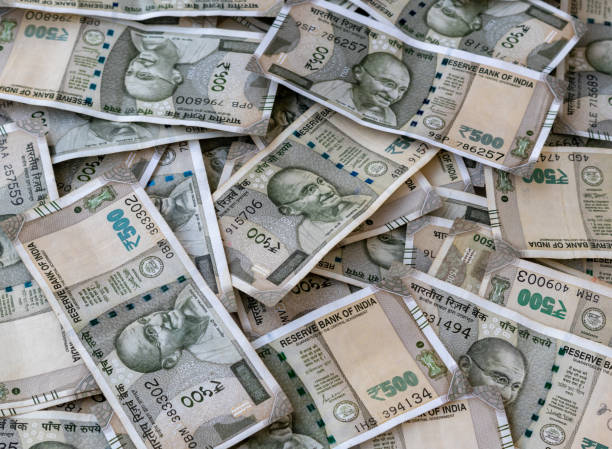

The Daily Guardian is now on Telegram. Click here to join our channel (@thedailyguardian) and stay updated with the latest headlines.
For the latest news Download The Daily Guardian App.
Policy
New Govt set to initiate agricultural sector reforms in pesticides and seeds
Economic
Raghuram Rajan urges India to harness demographic dividends and prioritize job creation
Economic
China: Consumer prices up 2nd month, factory deflation persists
Economic
Kalanamak rice exports get boost as Govt waives duty on 1,000 tonnes
Economic
World Bank projects Indian economy to grow 7.5% in FY24
Policy
Over 43.3 cr monthly digital transactions in India: FM Sitaraman
-

 Opinion2 years ago
Opinion2 years agoPakistan-China nexus trying to sow doubts in Indian society about governance systems
-

 Fashion7 years ago
Fashion7 years agoThese ’90s fashion trends are making a comeback in 2017
-

 Entertainment7 years ago
Entertainment7 years agoThe old and New Edition cast comes together to perform
-

 Entertainment7 years ago
Entertainment7 years agoThe final 6 ‘Game of Thrones’ episodes might feel like a full season
-

 Opinion2 years ago
Opinion2 years agoEnvironment day with a missing spring and lost souls
-

 Business News2 years ago
Business News2 years agoIndia Becomes World’s 5th Biggest Economy
-

 Policy&Politics2 years ago
Policy&Politics2 years agoA successful SME must understand his 5 wives
-

 Business News2 years ago
Business News2 years ago‘75K STARTUPS DEFINE THE POWER OF INNOVATION’
